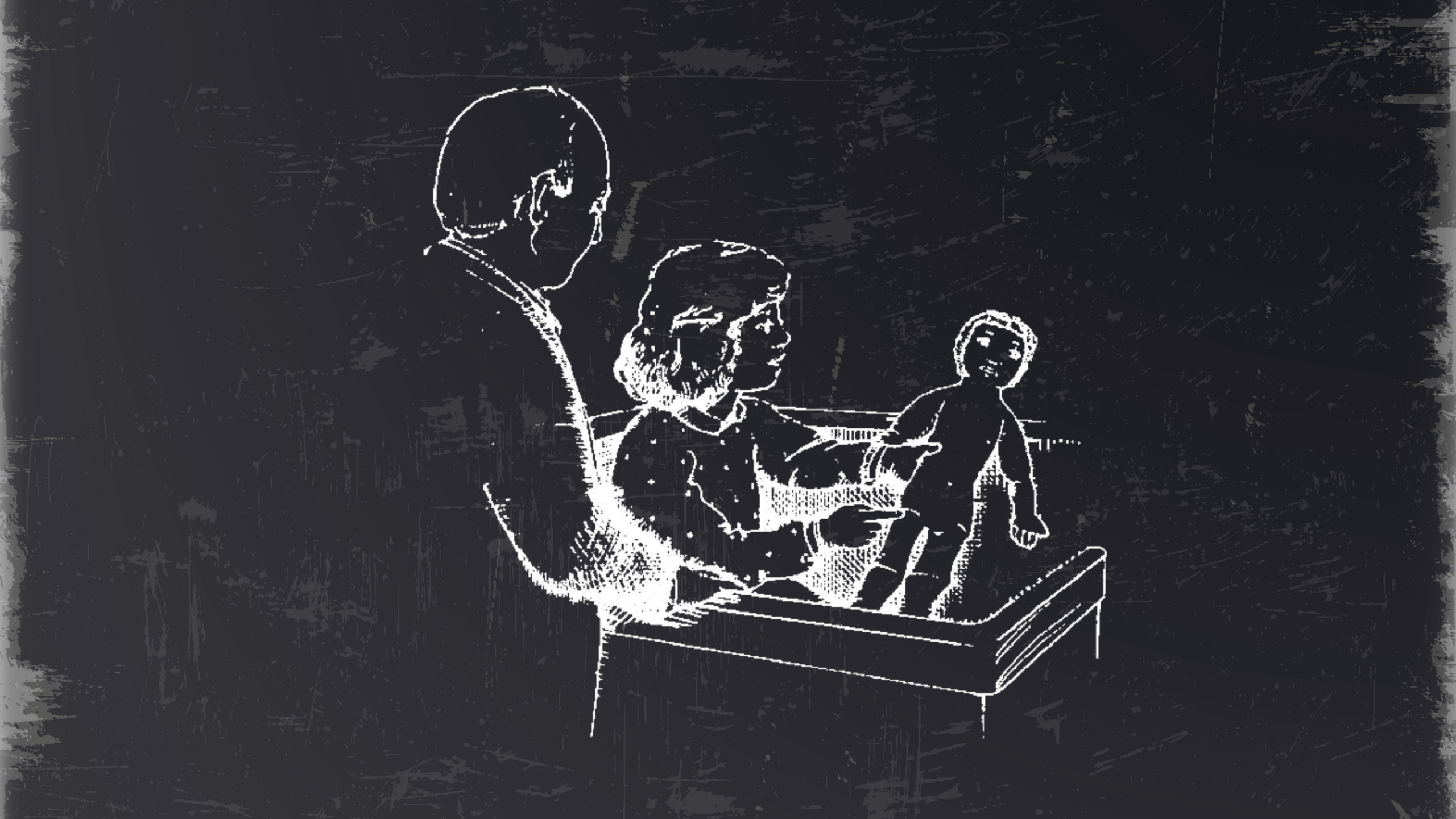Sexual Abuse Insurers, Church Scandals, and the Limitless Profit of Pain
As churches are put under a microscope amidst widespread scandal, the greater emergence of sexual abuse insurance raises moral

As churches are put under a microscope amidst widespread scandal, the greater emergence of sexual abuse insurance raises moral concerns.
The presence of sexual abuse liability insurance in churches has become increasingly common in recent decades, reflecting a growing awareness of the devastating impact of child sexual abuse within religious institutions. While intended to provide financial protection and support for organizations facing such claims, this type of insurance raises complex ethical, moral, and practical questions.
The emergence of this specialized insurance is closely tied to the increasing awareness and legal action surrounding child sexual abuse. As public scrutiny intensified and lawsuits filed by survivors of abuse increased, insurance companies began recognizing the significant financial risks associated with these claims. In response, they tailored insurance policies to cover legal defense costs, settlements, and judgments arising from allegations of sexual abuse committed by employees, volunteers, or other individuals associated with the church.
The existence of this type of insurance raises several critical ethical and moral concerns. Critics argue that the availability of insurance can create a “moral hazard” by reducing the incentive for churches to prioritize child safety. If an organization knows it is financially protected, it may be less motivated to implement robust child protection policies, conduct thorough background checks, or provide adequate training to staff and volunteers. This could lead to a situation where the focus shifts from preventing abuse to simply mitigating the financial consequences of such incidents.
Some argue that insurance settlements can sometimes be seen as a way to “buy off” victims and prevent them from pursuing justice or seeking full accountability from the institution. This raises concerns about whether financial compensation adequately addresses the profound trauma and long-term consequences experienced by survivors of abuse.
There are ethical concerns about insurance companies profiting from the suffering of victims of sexual abuse. This raises questions about a dynamic where financial gain is derived from tragic circumstances. Additionally, the lack of transparency surrounding insurance coverage for sexual abuse can create a culture of secrecy and potentially hinder open communication about child safety issues within the church community.
The presence of sexual abuse liability insurance can also have a significant impact on the internal culture of a church. It may indicate a primary focus on mitigating financial risk rather than prioritizing proactive measures to prevent abuse. It can erode trust within the church community if members perceive that the primary concern is financial protection rather than the well-being of children. The focus on insurance may lead to an emphasis on legal compliance with minimum standards rather than a deeper commitment to creating a truly safe and nurturing environment for children.
Prominent megachurch Gateway faced significant controversy in 2024 when founding pastor Robert Morris admitted to “sexual inappropriate behavior” after being accused of child sexual abuse by a former congregant. This led to his resignation and the resignations of other church leaders. Multiple lawsuits alleging child sexual abuse within the church have also been filed. In the same year, First Baptist Dallas was sued by a family alleging their son was sexually abused by another teen during a church mission trip. The lawsuit alleges negligence on the part of the church in supervising and protecting the minor. These examples, sadly, mirror the broader social issue of rape culture.
Rape culture is a complex system of beliefs and behaviors that excuse, normalize, or even condone sexual violence. In this context, the church, as a powerful institution, has a responsibility to actively dismantle rape culture within its own walls. This includes recognizing and addressing harmful gender roles and power dynamics within the church community, while also promoting healthy education on sexuality. And likewise, creating a safe and supportive environment for survivors and holding predators accountable are of equal priority and responsibility.
While reports on ongoing or past abuse from within the clergy in Texas are considered to be mandatory, as cases of child abuse or neglect cannot be excluded through clergy-penitent privilege, the general confidentiality of penitential communications could give way to a gray area for religious bodies choosing not to disclose incidents. Despite this, Texas law remains one of the most protective to victims, although narrowly focused in this context. This is attributable to the mandate of “anyone” as individuals required to report child abuse. However, over 30 states still protect unilateral clergy-penitent privilege.
It is crucial to emphasize that the existence of sexual abuse liability insurance does not absolve churches from their moral and ethical responsibilities to protect children. A truly child-safe environment requires a proactive and comprehensive approach that goes beyond insurance coverage. This includes clear policies on background checks, supervision of children, and reporting procedures for suspected abuse. All staff, volunteers, and church leaders must receive regular training on child protection issues, including recognizing signs of abuse, responding to disclosures, and implementing appropriate safety measures. A culture of open communication and transparency is essential, encouraging both children and adults to report any concerns or suspicions of abuse without fear of retaliation. The primary focus must always be on the safety and well-being of children, not simply on mitigating financial risk.
Sexual abuse liability insurance in churches presents a complex ethical and practical dilemma. While it can provide some financial protection for organizations facing these challenging claims, it is crucial to recognize the limitations of this approach. A truly child-safe church must prioritize proactive prevention measures, cultivate a culture of transparency and accountability, and actively work to dismantle rape culture within its own community.








